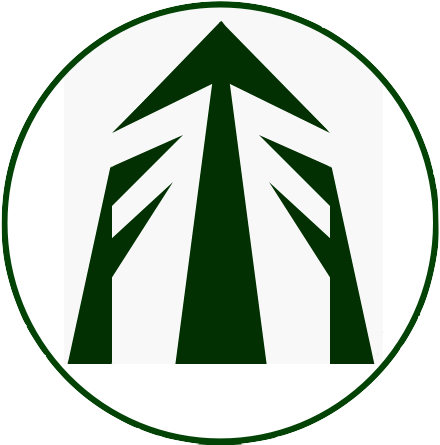Decking Grades
These grades also apply to external stairs, handrails and balustrades.
These grades meet or exceed the durability performance requirements set out in NZS 3602:2003 for decking.
Species:
Hardwoods
Eucalyptus botryoides, E. globoidea, E. microcorys, E. muelleriana, E. obliqua, E. pilularis, E. saligna
Beech - silver, red, black, hard.
Softwoods
Cypress (macrocarpa, lusitanica, Lawsons, Leyland)
Rimu.
All grades:
Decking timber shall be heartwood only (unless sapwood preservative treated to H3.2 as agreed by customer).
Decay and incipient decay not allowed.
Thickness shall be no less than 25 mm for softwoods and 19mm for hardwoods.
Lengths shall be over 900 mm, with lengths 900-1200 mm comprising no more than 50% of the packet.
Distortion
- Bow maximum 40/1
- Crook maximum 200/1. Crook shall be at a minimum to allow for laying without difficulty.
- Twist minimal
- Cup 75/1
Want, wane and skip shall be no more than 5% of the cross section at any point.
Splits not allowed. Shakes not allowed.
Knots, holes, voids, bark-inclusion, bark-pockets, resin pockets, pith, want, wane, skip, sloping grain greater than 1/10 and other weakness-causing defect: Not more than 1/4 of cross section in combination.
Timber must be dried to 20% moisture or below (i.e. air dry) unless a higher moisture content is agreed to.
Premium Decking Grade
Pith not allowed.
Best (top) surface:
- Tight knots 10 mm or less allowed. Loose knots not allowed.
- Not allowed: Want, wane, skip, holes, voids, bark pockets, resin pockets. No protruding or sharp edges.
Standard Decking Grade
Best (top) surface:
- Unlimited tight knots allowed provided they comprise no more than one third of the cross section anywhere along the length of the board (in combination with other allowable defects). Knot checks must not have protruding edges.
- Allowable defects: Wane, want, checks, bark inclusion, loose knots, holes, voids, bark-pockets or resin pockets, sloping grain greater than 1/10 and other weakness-causing defect without sharp edges permitted on the face. Defects must not comprise more than 10% of the cross section anywhere along the length of the board.
- Loose knots, holes, voids, bark-pockets or resin pockets must not be greater than 10 mm.
Minimal wane and want allowed on top (better) surface. Minimal skip allowed on the top (better) surface of the profiled product.
General and Responsibilities
At least 95% of the consignment of graded timber shall meet the grade specifications above upon despatch.
Moisture level must be agreed to.
For tallying volumes call dimensions shall be used.
| Call sizes (mm) | 25 | 40 | 50 | 75 | 100 | 125 | 150 | 200 | 225 | 250 | 300 |
| Actual dressed dry size (mm) | 19 | 35 | 45 | 70 | 90 | 115 | 140 | 180 | 205 | 230 | 280 |
Once despatched the seller shall not be responsible for any subsequent deterioration of condition of the timber or defects arising from further processing.
Farm Forestry Timbers reserve the right to revise our grading rules without notice. Grade revision 1.1 October 2013.
See Glossary for explanation of terms.
Disclaimer: While every effort is made to ensure the accuracy of the information provided on this site, Farm Forestry Timbers Society do not accept liability for any consequences arising from reliance on the information published. If readers have any doubts about acting on any articles they should seek confirming, professional advice.
 Farm Forestry New Zealand
Farm Forestry New Zealand Farm Forestry Timbers - Headlines
Farm Forestry Timbers - Headlines